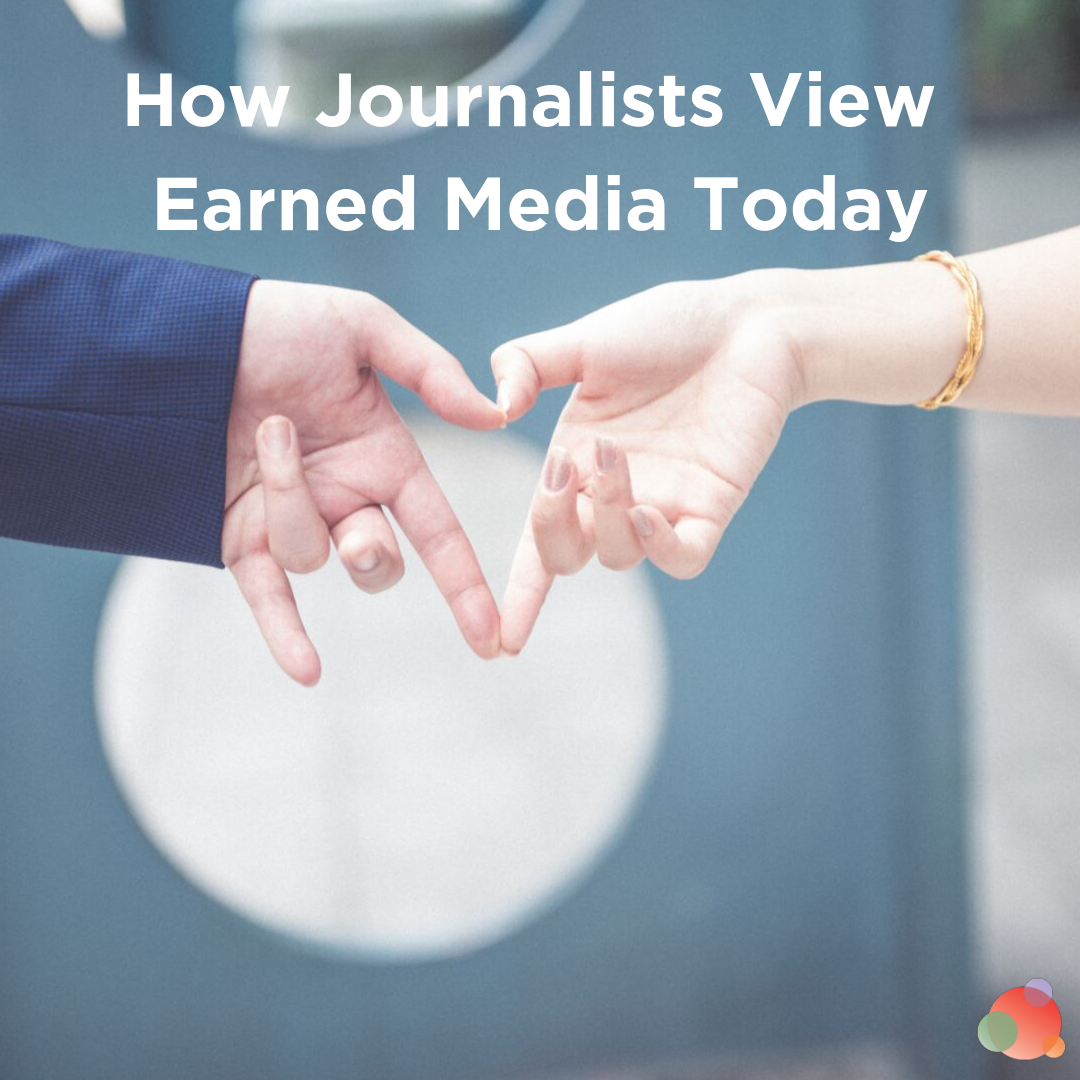 My friends. I have some good news and some bad news.
My friends. I have some good news and some bad news.
The bad news (because you should always start with the bad news) is the media landscape continues to change.
We have to stay on top of where journalists hang out and how they want information.
It’s not easy and it changes so quickly, it feels like we can’t get a good grasp—or get in a good groove—on how to best gain earned media.
But the good news is the 2019 MuckRack State of Journalism survey of 720 journalists gives us all the information we need to stay abreast of all of the changes.
They’ve done the hard work of going straight to the source—and you get to benefit from it.
Shall we get started?
How Journalists Are Using Social Media
The first question MuckRack set out to answer was:
How are journalists using social media?
As much as we hear about their use of Twitter, there are a few surprising findings here.
First, 59% use online sources for their news consumption, but not social media, in general. In comparison, only 22% use Twitter for that purpose.
But, Twitter is the most valuable social network to 83% of those surveyed, which is up from 70% in 2018.
While LinkedIn use is up from last year, Facebook continues to decline. Not surprising with the advent of fake news and the easily spread vitriol.
Though, nearly 40% said they plan to spend more time on Instagram in the coming year.
The key takeaway is this: continue (or start if you haven’t already) spending time on Twitter specifically to connect with the journalists who are important to you.
Follow them, create a list of them, share their content, and find common interests so you can start to build relationships.
And then add Instagram to your 2020 earned media plan, but start following journalists there now.
The Best Way to Pitch Journalists
With all of this talk about social media, the answer to the best way to pitch journalists will shock you.
Ninety-three percent—yes, nearly everyone—prefer to be pitched with a one-to-one, personalized and customized email.
They do not want to be pitched on Twitter or Instagram or by phone call or carrier pigeon.
They want an email from you that goes only to them and not mass distributed to everyone on your list.
This, of course, takes longer, but it’s significantly more effective.
They also prefer (65%) to be pitched before 11 a.m. (their time zone, not yours).
The key takeaway is this: create a small, but very targeted pitch list, and get to work customizing your pitch for each person on it.
You’ll also have to do some work to set expectations with your executives and/or clients.
Pulling a list of hundreds journalists and sending them all a news release does not work.
Set the expectation that you need to spend hours on each pitch, every time.
Journalists’ Outlook on the Media Industry
This one was an easy one. The survey asked:
Are you optimistic about the journalism industry?
And 57% said they are.
Albeit, a bit surprising based on what we hear in the news—and certainly how the White House has prevented the Fourth Estate from doing their jobs.
But it’s good news from those who are in the trenches every day.
The key takeaway is this: while bloggers and influencers have become as credible as the more traditional media, there still is a place for your earned media efforts.
Don’t ignore them. Craft new ways of reaching them. And don’t forget email works best.
How Earned Media Relationships Have Changed
There is more good news when journalists were asked if they view their relationship with communicators as mutually beneficial.
Sixty-three percent said yes, up from 49% last year.
They also said the relationship doesn’t go as far as a partnership, with only 7% saying it did.
But that doesn’t come without some issues:
- Forty-seven percent said the way most companies share information with the media is outdated; and
- Eighty-nine percent believe academic subject experts are a top credible source for their reporting (followed closely by the organization’s chief executive).
The key takeaway is this: it’s time to look at your earned media strategy and make certain it’s not simply a text-based news release sent in an email.
If you’re thinking, “Duh, Gini”, you’d be surprised. I went through my inbox for yesterday alone and had 16 emails that were exactly like that.
Consider new and different ways to get your information and news to your targeted journalists.
And, if you download the survey results, you’ll find there are some tips on how to do that (hint: images and video!).
More Helpful Information in the Survey
There is additional helpful information in the survey results.
As Greg Galant, CEO and co-founder of MuckRack says:
With so much change in media, it’s more complicated than ever for PR professionals to build relationships with journalists. That’s why each year, we make it our mission to survey as many journalists as possible to bring their insights to the forefront of the industry.
You can download the survey results to get more information on:
- How journalists use social media when reporting on a company
- What makes a story more shareable
- How important it is that communicators share their stories on social (hint: very)
- Ideal pitch lengths
- Whether or not embargoes still work
- Why pitches are rejected
- Whether or not follow-up is appreciated (hint: yes, but with caveats)
- If exclusives still work
Now go forth and prosper in all of your earned media efforts.
Photo by Han-Hsing Tu on Unsplash